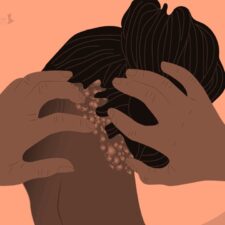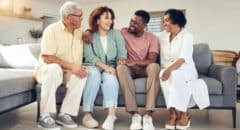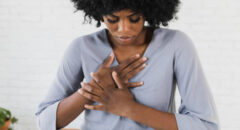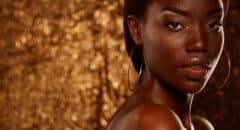 When we talk about Black History, we hear a lot of names over and over again like Frederick Douglass, Sojurner Truth, Mary McLeod Bethune and others. But when the name Bridget “Biddy” Mason, probably doesn't ring a bell.
When we talk about Black History, we hear a lot of names over and over again like Frederick Douglass, Sojurner Truth, Mary McLeod Bethune and others. But when the name Bridget “Biddy” Mason, probably doesn't ring a bell.
Born a slave in Mississippi in 1818, Mason achieved unprecedented financial success that enabled her to support her extended family for generations despite the fact that she was illiterate. In a landmark case she sued her master for their freedom, saved her earnings, invested in real estate, and became a well-known philanthropist in Los Angeles, California.
Although born in Mississippi, Mason was owned by slaveholders in Georgia and South Carolina before she was returned to Mississippi. Her last owner, Robert Marion Smith, a Mississippi Mormon convert, followed the call of church leaders to settle in the West. Mason and her children joined other slaves on Smith’s religious pilgrimage to establish a new Mormon community in what would become Salt Lake City, Utah. At the time Utah was still part of Mexico.
In 1848 30-year-old Mason walked 1,700 miles behind a 300-wagon caravan that eventually arrived in the Holladay-Cottonwood area of the Salt Lake Valley. Along the route west Mason’s responsibilities included setting up and breaking camp, cooking the meals, herding the cattle, and serving as a midwife as well as taking care of her three young daughters aged ten, four, and an infant.
In 1851 Smith and his family and slaves set out in a 150-wagon caravan for San Bernardino, California to establish yet another Mormon community. Ignoring the law that slavery was illegal in California, Smith brought Mason and other enslaved people to the new community. Along the way Mason met other free blacks, who urged her to legally contest her slave status once she reached the free state of California.

In December 1855 Robert Smith, fearing losing his slaves, decided to move with them to Texas, a slave state. The Owens family had a vested interest in the Mason family as one of their sons was romantically involved with Mason’s 17-year-old daughter. When Robert Owens told the Los Angeles County Sheriff that slaves were being illegally held, he gathered a posse to apprehend Smith’s wagon train and prevented him from leaving the state.
Bridget petitioned a Los Angeles court for her freedom. Smith claimed that Bridget was her family and she wanted to go to Texas. He then bribed her lawyer to not show up. She was not allowed to testify in court, since California law prohibited black people from testifying against white people. The judge presiding over the case, Benjamin Ignatius Hayes, interviewed Bridget and found she did not want to go to Texas and in a landmark decision, granted her freedom as a resident of a free state, as well as the freedom of the 13 other slaves held captive by Smith (Bridget's three daughters—Ellen, Ann, and Harriet—and ten other African-American women and children). In 1860, Mason received a certified copy of the document that guaranteed her freedom.
Bridget had no legal last name as a slave. After emancipation, she chose to be known as Bridget Biddy Mason. "Mason" came from the middle name of Amasa Lyman, who was the mayor of San Bernadino and a Mormon Apostle. Bridget had spent a considerable amount of time with the Lyman household.
After becoming free, she worked in Los Angeles as a nurse and midwife. One of her employers was the noted physician John Strother Griffin. Saving carefully, she was one of the first African Americans to purchase land in the city. As a businesswoman, she amassed a relatively large fortune of nearly $300,000, which she shared generously with charities. According to the governments inflation calculator, that amount of money would have equated to roughly $7,940,940.97 during that time! Mason also fed and sheltered the poor, and visited prisoners. She was instrumental in founding a traveler's aid center, and an elementary school for black children. Because of her kind and giving spirit,...
... many called her "Auntie Mason" or "Grandma Mason."
In 1872, Mason was a founding member of First African Methodist Episcopal Church of Los Angeles, the city's first black church. The organizing meetings were held in her home on Spring Street. She donated the land on which the church was built. This land is now the site of Biddy Mason Park, a Los Angeles city park and site of an art installation describing her life.
Mason spoke fluent Spanish and was a well-known figure in the city. She educated her children and with her wealth became a philanthropist to the entire Los Angeles community.
Bridget “Biddy” Mason died in Los Angeles in 1891.








